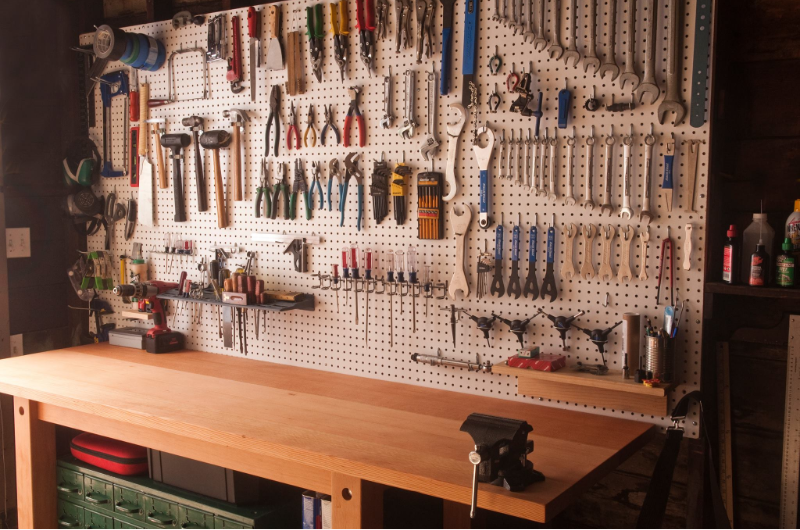7 Things Your Electrician Wish You Knew
Electricians see things in your home that most people miss. Many of the recurring issues they see can affect not just your home’s long-term function, but its (and your) safety. If electricians could pull you aside and give a bit of honest advice, this is what they’d want you to know. Here are nine things your electrician wishes you understood before picking up that next DIY project or flipping another breaker.
1. Your Circuit Breaker Isn’t a Magic Reset Button
Tripping a breaker over and over isn’t just annoying, it’s a major warning sign. Breakers are designed to stop the flow of electricity when something’s wrong, like an overloaded circuit or faulty wiring. Constantly resetting it doesn’t solve the problem. In fact, it can wear out the breaker and create a fire risk. If it trips more than once in a short period, stop and call a professional to find the root cause.
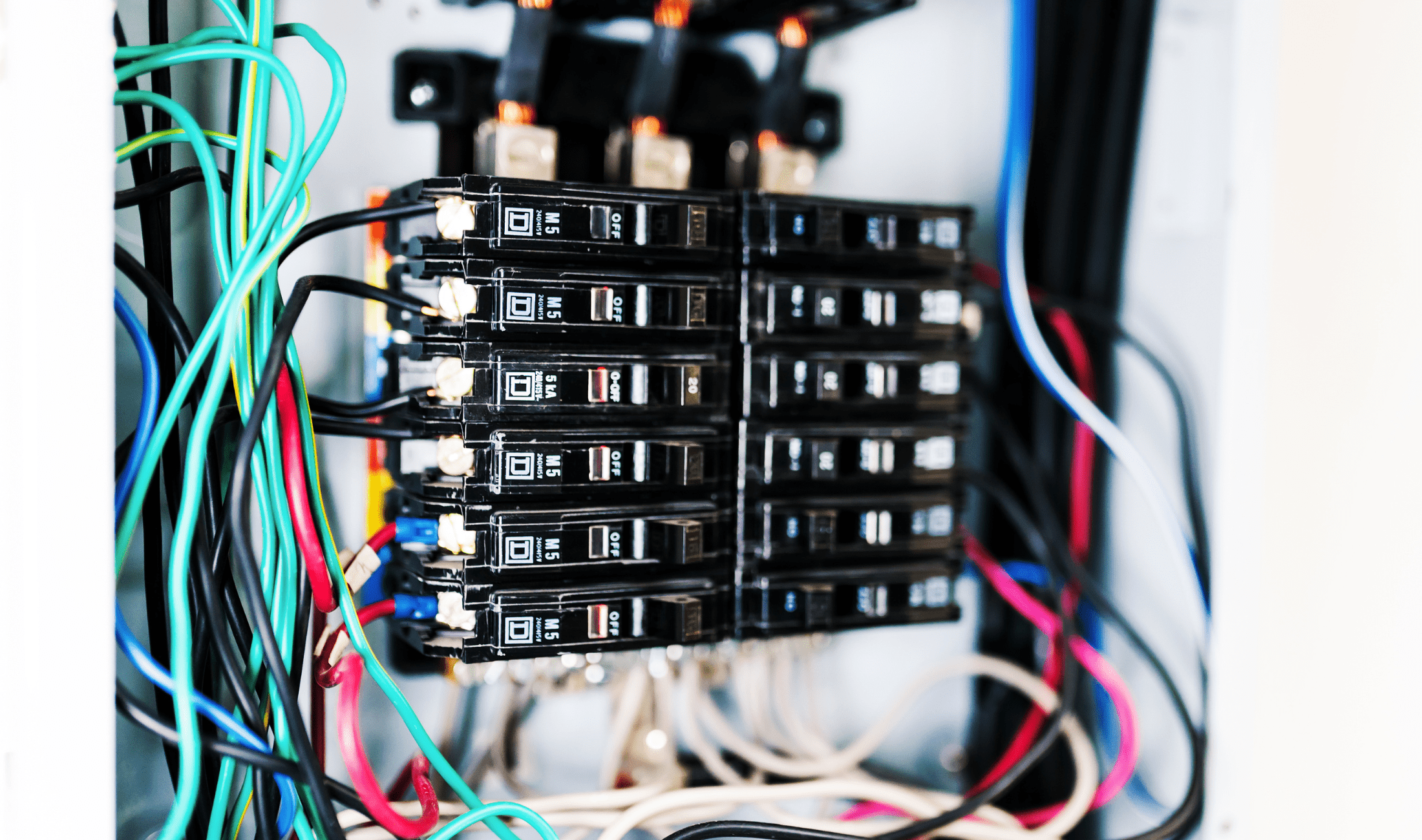
2. GFCIs Are There to Protect You
Ground Fault Circuit Interrupters (GFCIs) shut off power when they detect a ground fault—something that can electrocute you. They’re required in bathrooms, kitchens, garages, and outdoor spaces for a reason. If yours trips, it’s doing its job. Just reset it, but if it keeps happening, have it looked at. Ignoring it could leave you exposed to shock hazards.
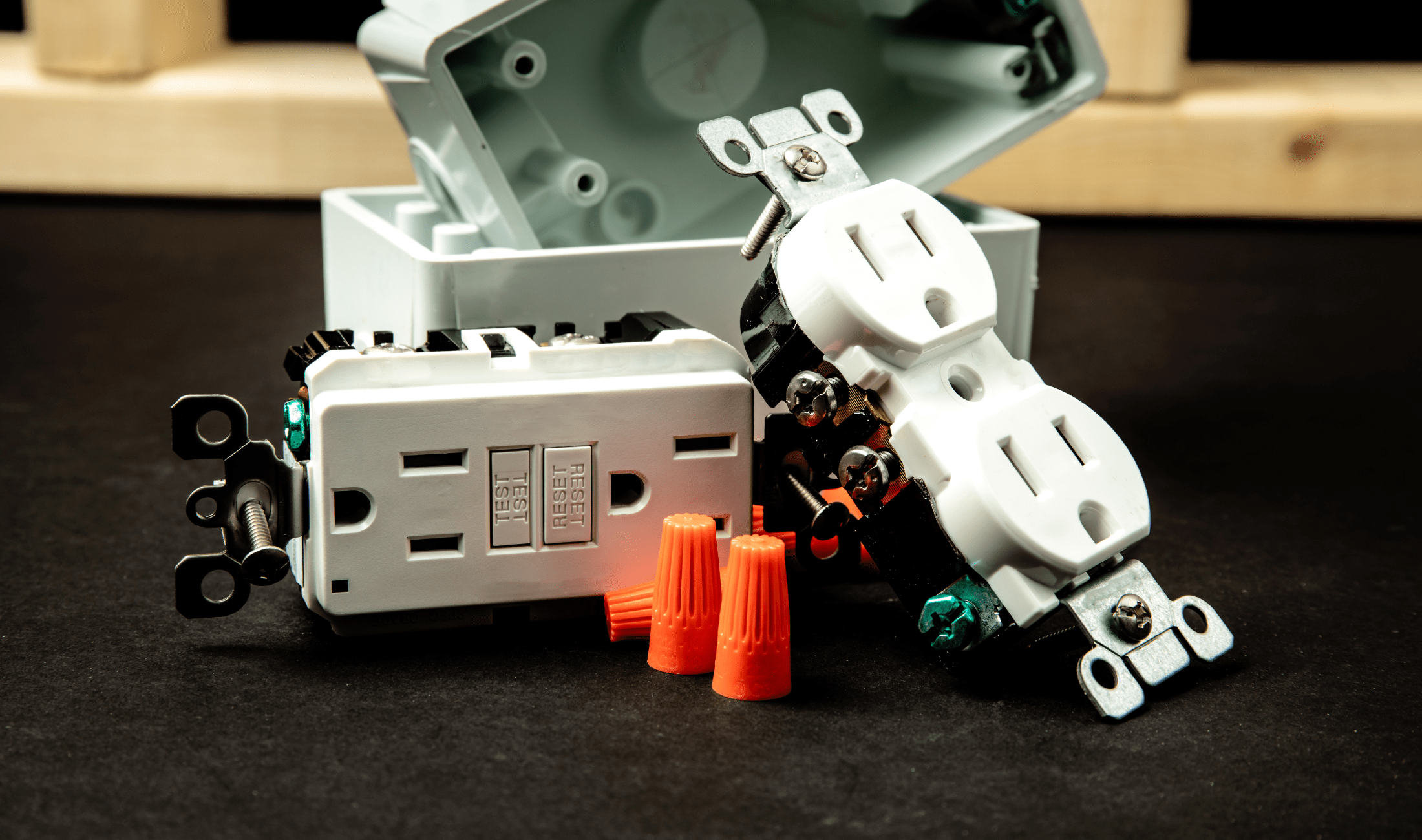
3. Aluminum Wiring Isn’t Just ‘Old’
Homes built in the 1960s and 70s may have aluminum wiring, which doesn’t age well. Over time, it expands, contracts, and corrodes, which leads to loose connections and potential fires. If your home has it, you don’t necessarily need a full rewire, but it should be inspected. There are safe ways to upgrade or reinforce it to meet today’s standards.
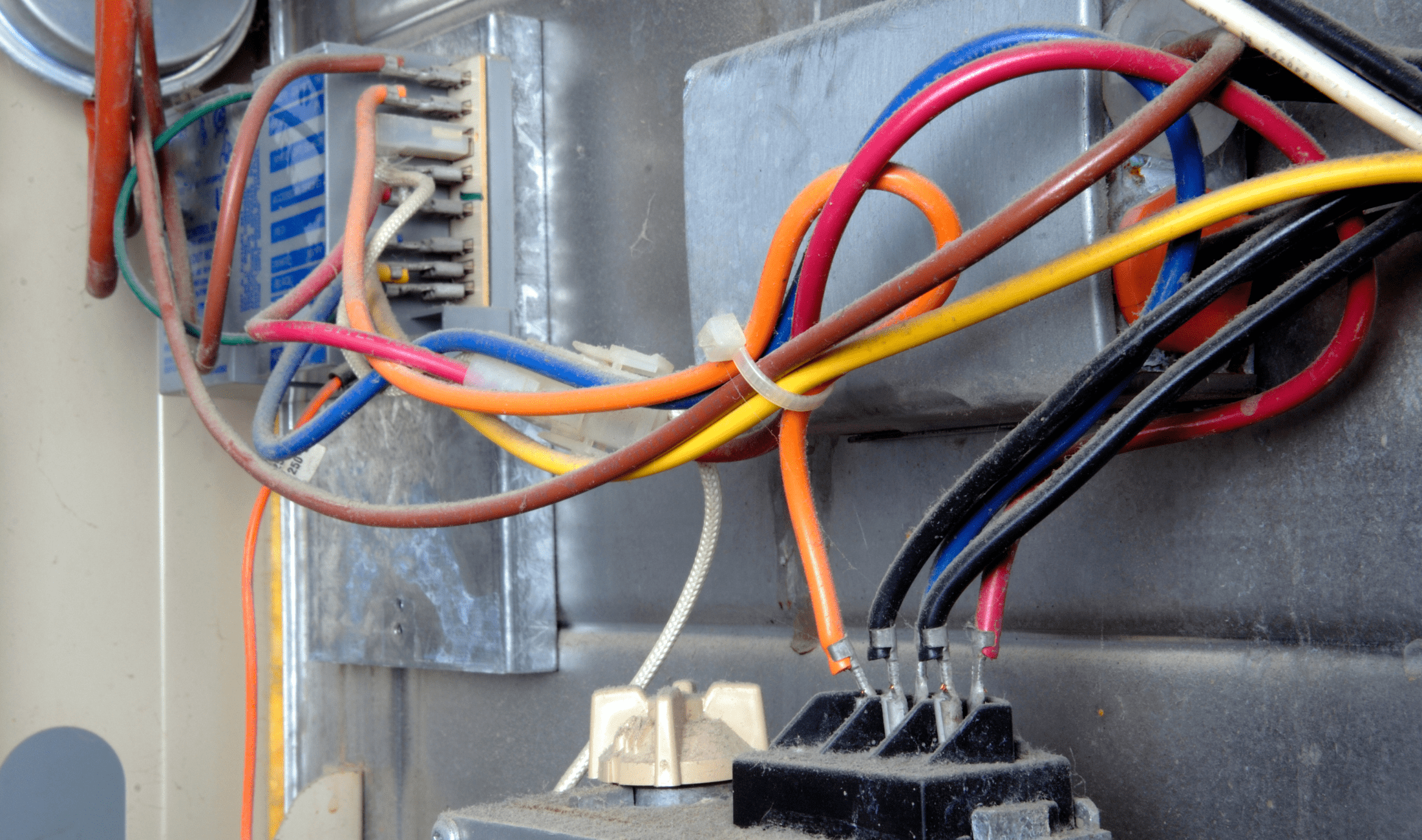
4. Flickering Lights Aren’t Normal
That little flicker you’ve been ignoring could mean more than a loose or dying bulb. It might be happening thanks to an overloaded circuit, faulty wiring, or even problems with your service panel. Don’t just shrug it off, especially if it ever gets more aggressive or starts blinking faster. Whether it’s lights dimming when appliances start or flickering randomly, get a professional opinion. These issues often start small before becoming serious.
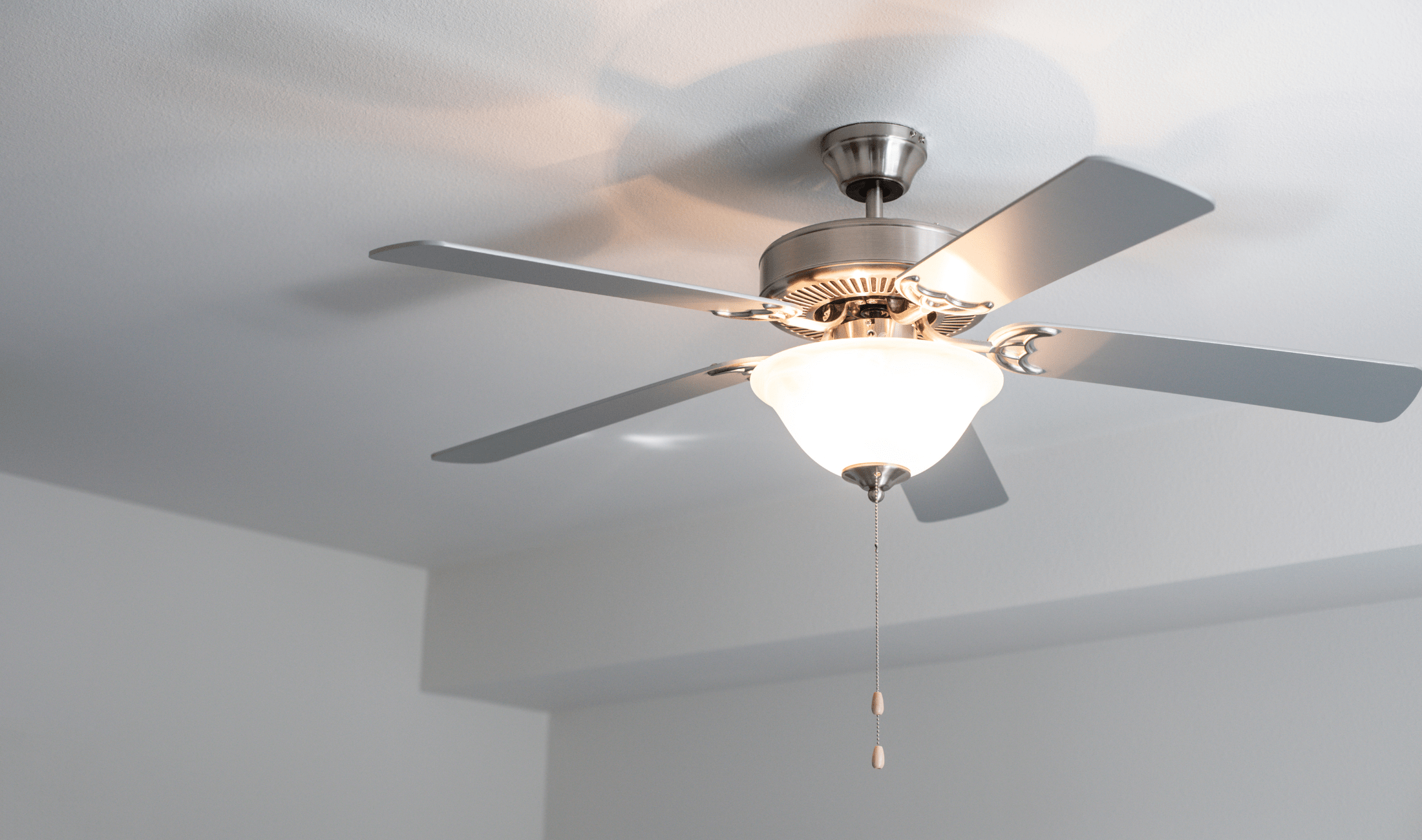
5. Overloaded Outlets Are a Fire Waiting to Happen
Just because a power strip has eight slots doesn’t mean you should fill them all. Outlets are only rated to handle a certain amount of power. Plugging in multiple high-energy devices like space heaters, hair dryers, or microwaves can push it too far. If you’re routinely using adapters or daisy-chaining power strips, your home probably needs more circuits or outlets.
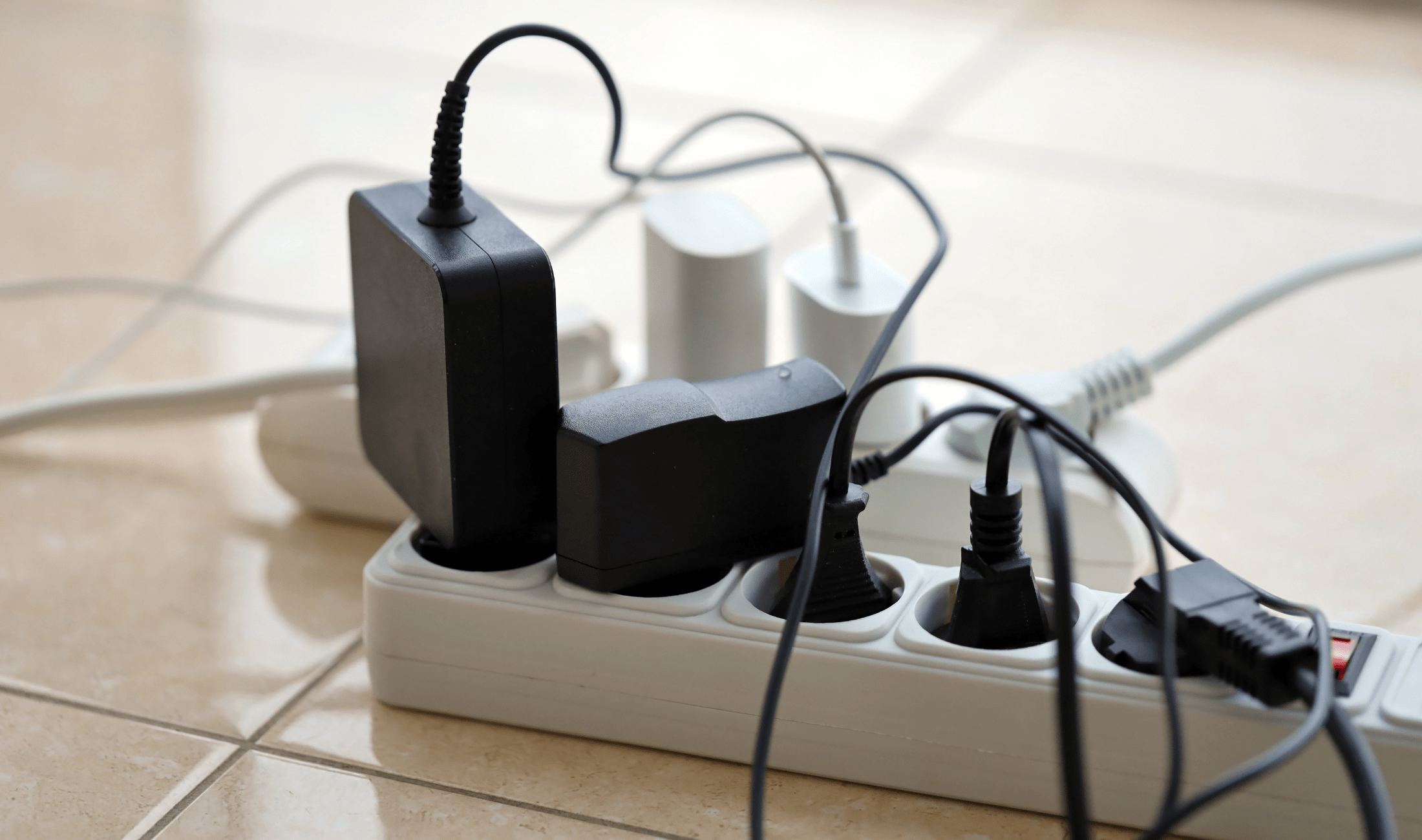
6. Not All Electricians Are the Same
Hiring someone who’s “good with tools” doesn’t mean they’re qualified to handle electrical work. Licensed electricians go through years of training and certification to learn code, safety, and proper installation. It’s not just about getting the job done, it’s about doing it safely and legally. A cheap fix now could cost you more if it fails inspection or causes damage later.
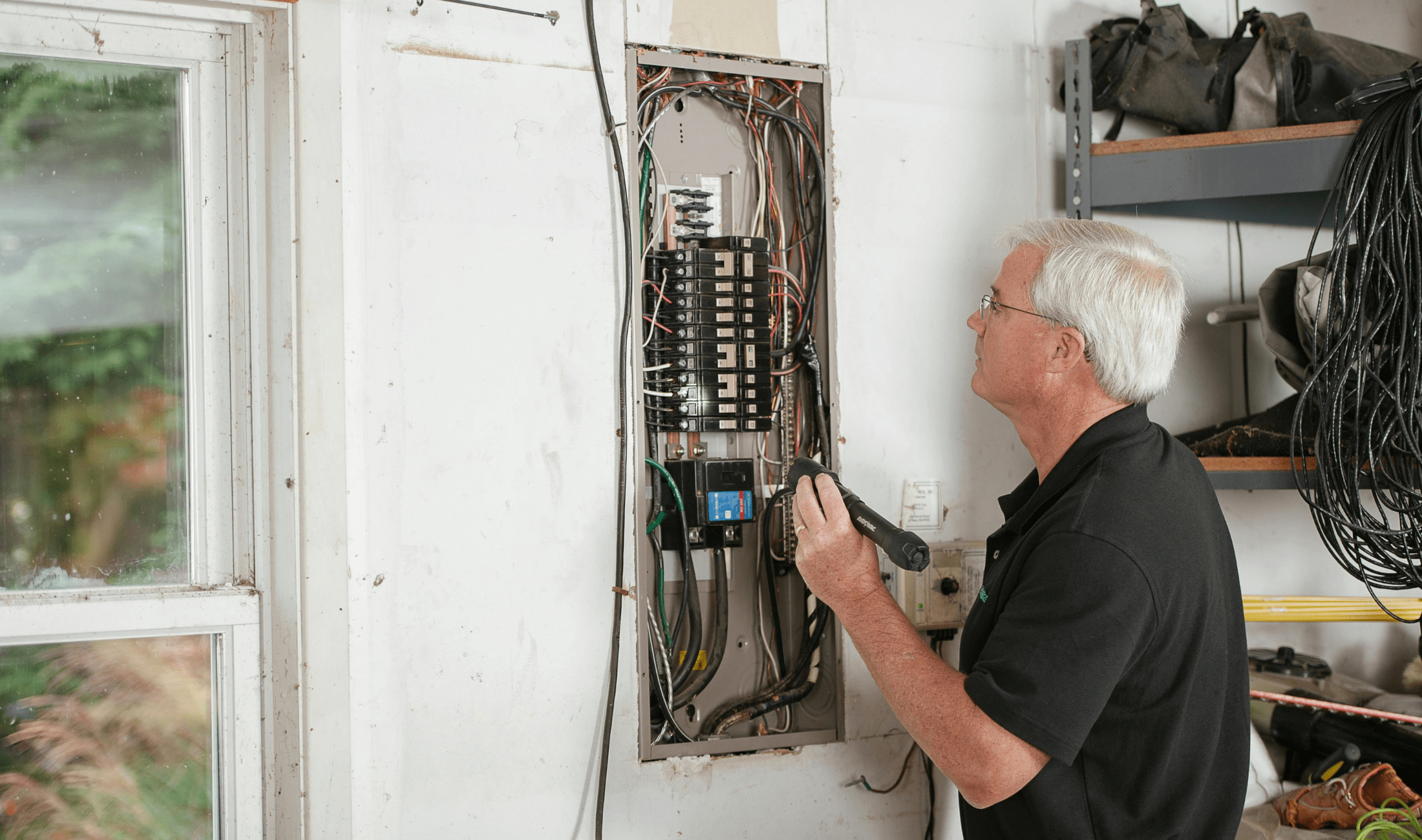
7. Your Electrical Panel Isn’t Forever
Older homes often still have their original panels, even if they’ve added new appliances, lighting, or electronics over the years, and old panels weren’t built to handle today’s electrical loads. If your panel is over 30 years old or you’re seeing signs like frequent breaker trips, it may be time to upgrade lest it become a fire risk.
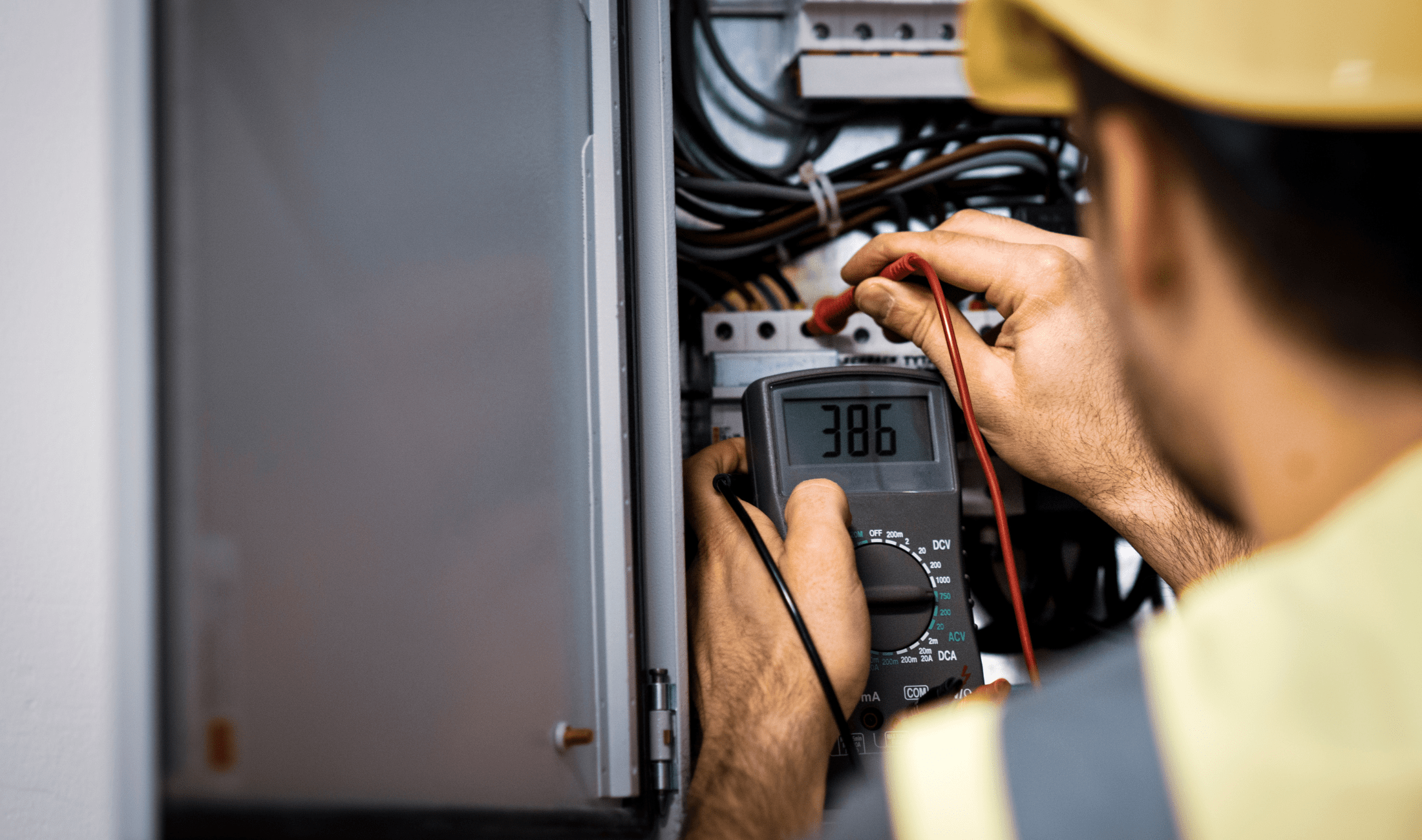
Related Articles
- If You See This, Your Home Has A Dangerous Electrical Problem
- Which Appliance Is Making Your Electrical Bill So High?
- 5 Electrical Mistakes Homeowners Make and How to Avoid Them
A home’s electrical system is mostly hidden, which makes it easy to overlook. But what you don’t see can hurt you, or at least cost you later. Good electricians care about more than just flipping switches. They want your home to be safe, functional, and built to last. Listening to their advice can help you stay ahead of problems before they spark into something worse.








